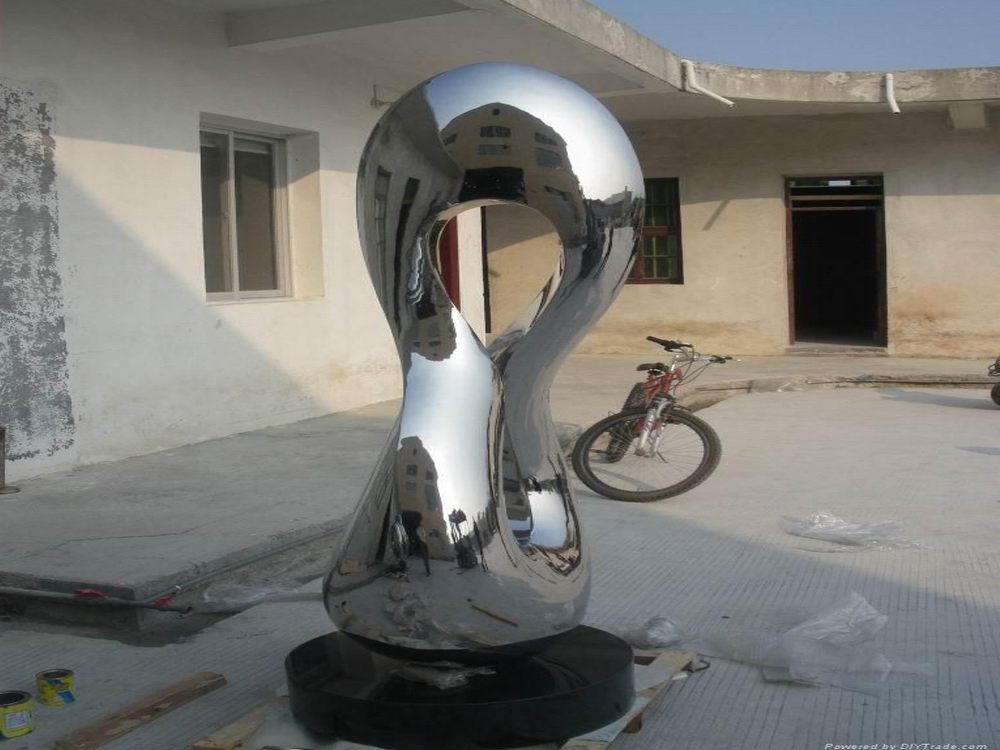
Museum exhibitions play a pivotal role in shaping public perception and demand for porcelain sculptures by showcasing their artistic, historical, and cultural significance. Through curated displays, interactive experiences, and educational programs, museums elevate porcelain sculptures from mere decorative objects to valued pieces of art and heritage.
Exhibitions often highlight the intricate craftsmanship, historical context, and cultural narratives behind porcelain sculptures, fostering a deeper appreciation among visitors. This exposure not only enhances public understanding but also stimulates demand, as collectors and art enthusiasts seek to own pieces that resonate with the stories and techniques showcased in museums.
Moreover, temporary exhibitions and traveling displays introduce porcelain sculptures to new audiences, expanding their global appeal. By positioning these works within thematic or historical frameworks, museums influence how the public perceives their value, both aesthetically and monetarily.
Ultimately, museum exhibitions serve as a bridge between artists, collectors, and the general public, driving interest and demand for porcelain sculptures while preserving their legacy for future generations.

